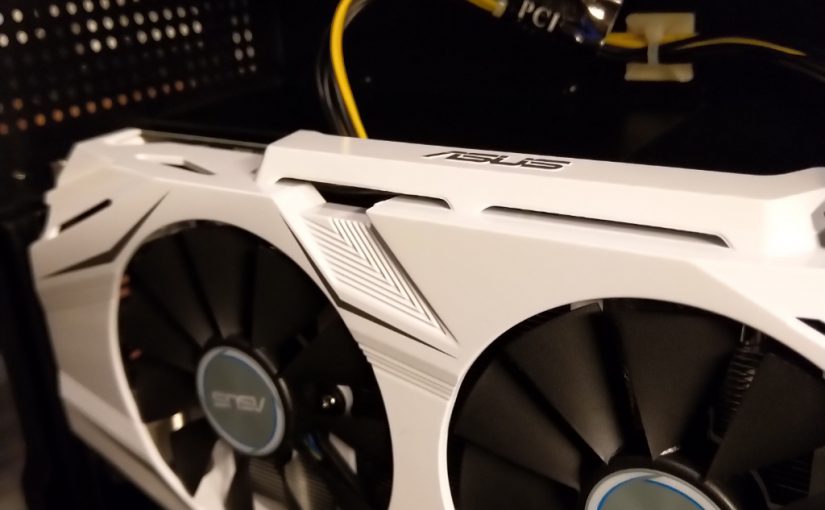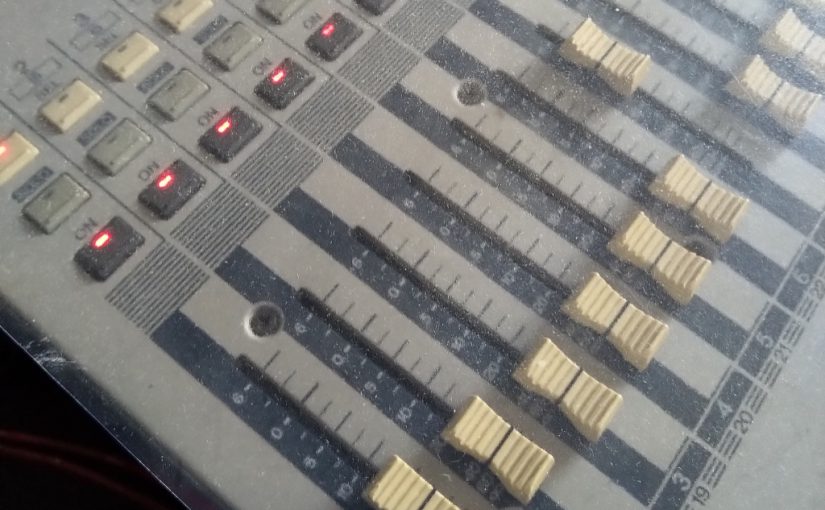After carrying around big and powerful laptops for years and tablets that were simply not powerful enough. I wanted to try a laptop in the ultrabook category. At that time the choice was light and powerful, but with compromises in working with graphics: the Lenovo Thinkpad T480s. These days you can buy ultrathin notebooks with additional graphics power, but that was then and this is now. Unfortunately similarly spec-ed Macbooks are out of my league.
One thing that I really checked when selecting this laptop was the support for Thunderbolt 3. This connection supports external graphics cards. Even though the onboard graphics on paper should be good enough for minimal VR support. However, I already had guessed that this would not run smoothly. Now after one year of use I finally got round to trying out the Akitio Node external housing with Thunderbolt support. Lo and behold, equipped with a ASUS GeForce GTX 1060 OC3 my laptop has now become a graphics powerhouse that easily runs VR, games and any other task smoothly as butter!
If you check the compatibility lists of Akitio, you will not find this graphics card. This list is very limited and only contains higher end cards. There is a small notice that it should work with any card, but there’s no guarantee. My idea was to try the slightly lower end, because maxing out anything like this in the end is bound to cause problems somewhere in the chain. The laptop is also a year old, so I reckoned that careful drivers go a long way. By the way, Macbooks also support Thunderbolt and external graphics cards. They don’t support the specific card I chose, because I believe you should use Radeon AMD graphics cards.
There was a struggle to get this working. When you go the Nvidia way with you graphics card, the driver installation can moan about the hardware not qualifying for installation. I got round this by checking forums and these explained that you should manually install the driver. Unpacking the software and finding and installing the driver files by hand, right clicking on .inf files did the trick.
The Akitio Node is large and slightly noisy, but you can switch it off for music work of course. Then when you want to do graphics intensive work, switch the Node on and voilà. Magic in a box! One other down side is that it does not support any other function then connecting the graphics card. There are other options with storage and other connections, like USB or network. There also is no daisy chaining of devices. The Node is a dead end.
If you too are looking for this upgrade I wanted to put this story out, because this is a working combination. There are a lot of horror stories around of combinations refusing to work. I hope this upgrade trick will work for you too!

